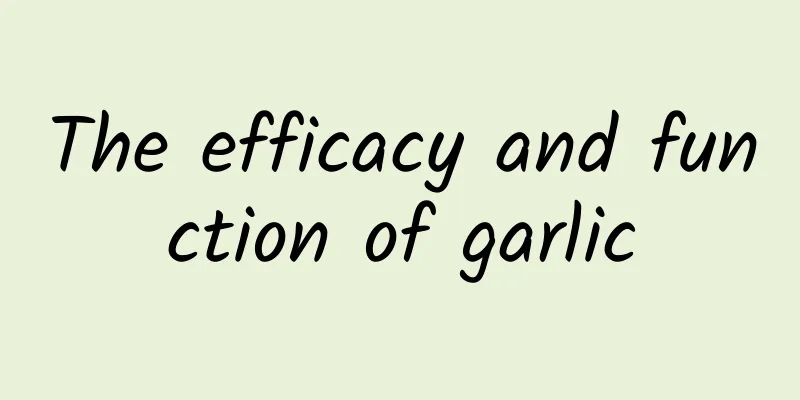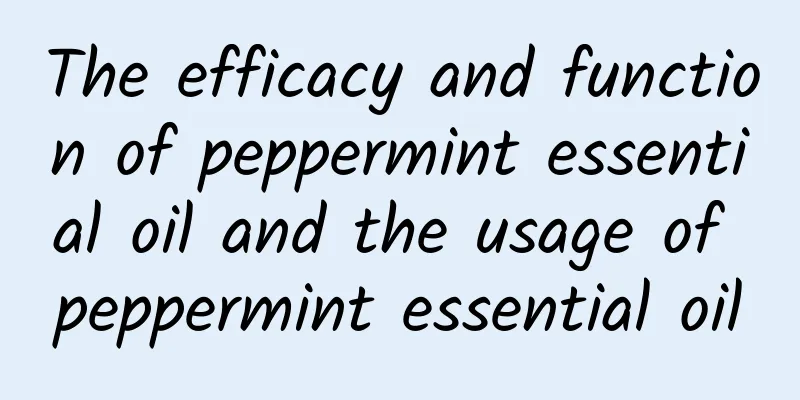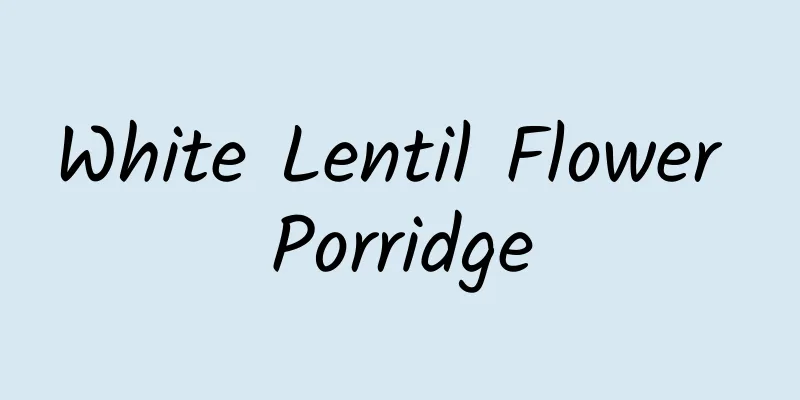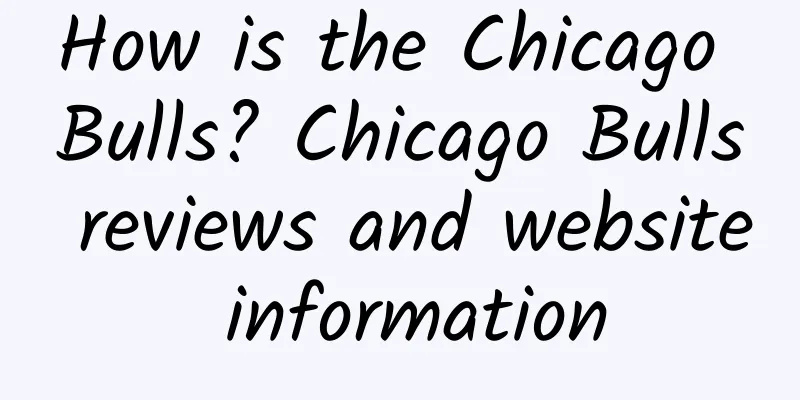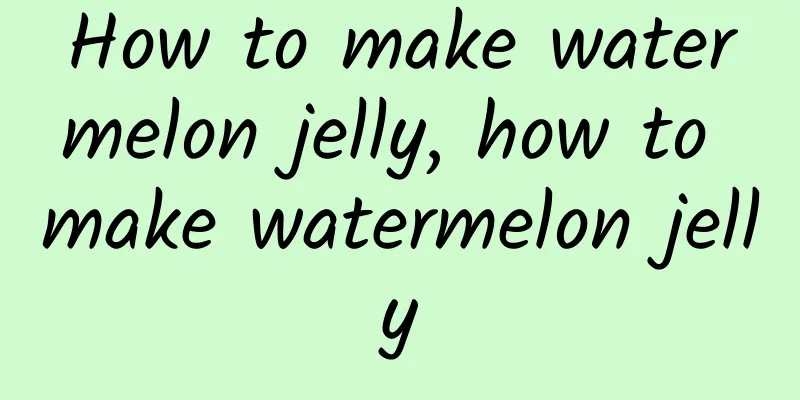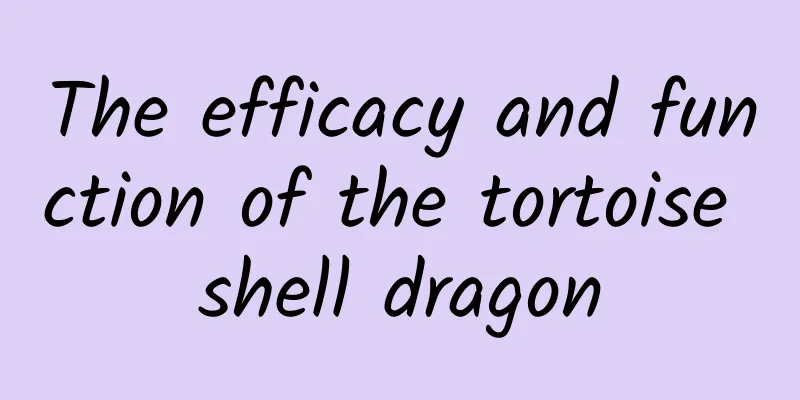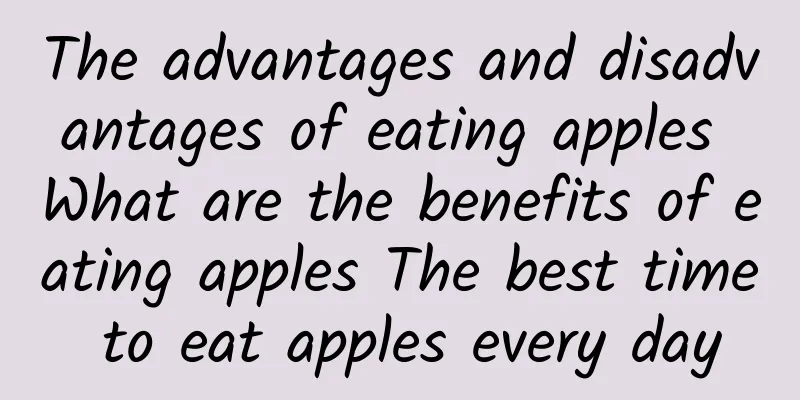Tomato Planting Management Tips

|
After we plant tomatoes, the next step is to manage them. Today I will tell you how to manage tomatoes: Seedling managementGenerally speaking, if the temperature of the seedling bed is high, the insulation conditions are good, and the seeds are germinated first, they will germinate 2 to 3 days after sowing. Otherwise, it will take 5 days or longer to germinate. Seedling management mainly involves the control of temperature and light. (1) Seedbed management from sowing to germination. This period refers to the period from sowing to the full expansion of the two cotyledons. The seedling raising period for open-field tomato cultivation in spring is arranged in the cold season in all places, and the bed temperature must be controlled at 25-28 degrees Celsius during the day and 15-18 degrees Celsius at night. When using cold beds or hot beds for seedling raising, full use should be made of solar energy to increase the bed temperature during this period, and covering materials should be used to maintain a high bed temperature. Before germination, the film is generally not removed and windows are opened for ventilation. When the young buds begin to emerge from the soil, if the cover is too thin and the crust phenomenon is found, the soil should be covered again immediately. The temperature management during the winter and spring seedling raising period is shown in the table below. (2) Seedbed management from seedling emergence to transplanting. During this period, the main tasks are to adjust the temperature and humidity of the seedbed, and to time the seedlings, cover the soil, and improve the light conditions. The temperature can be controlled at 20-25 degrees Celsius during the day and 10-15 degrees Celsius at night to prevent excessive growth. 4-5 days before transplanting, in order to adapt to the lower temperature of the seedbed, improve the survival rate after transplanting, and promote seedling acclimatization, the bed temperature can be further reduced by 2-3 degrees Celsius. For cold bed seedling cultivation, especially hotbed and greenhouse seedling cultivation, the ventilation holes should be gradually increased during the day to extend the ventilation time. The straw mat or thin mat should also be gradually removed earlier and covered later to extend the light time. Damping-off or damping-off disease that is prone to occur during the seedling stage is often caused by not properly ventilating in bad weather, covering the seedbed with straw mats, films, etc. for a long time, and gradually increasing the air humidity in the seedbed. During this period, special attention should be paid to protecting the cotyledons; improving light conditions; transplanting at harmful times; water and fertilizer management; and reasonable covering of the soil. Growth period managementGrasp the management during the growth period, including inter-row cultivation and weeding, water storage and moisture conservation, vine rigging and vine binding, pruning and branching, removing old leaves, ventilation and light transmission, strengthening the prevention and control of diseases and pests, and strengthening temperature management. Among them, the diseases of tomatoes are mainly viral diseases, bacterial wilt, early blight, late blight, etc.; the main pests are cotton bollworm, aphids, etc. Tomato diseases can be prevented and difficult to treat, and prevention should be the main focus. The prevention and control methods of viral diseases include: selecting disease-resistant varieties, seed disinfection, planting stubble land, preventing and controlling aphids, and early planting at the right time. Temperature management means that the ventilation volume of the greenhouse should be appropriately increased during the day to keep the temperature in the greenhouse at around 25°C. The temperature at night is kept between 10 and 13°C. When starting to ventilate, the vents should be from small to large, from few to many, and the vents should be gradually reduced or closed after the temperature drops in the afternoon. Pay attention to fertilizer and water management. Tomatoes generally do not need watering during the summer and autumn rainy seasons, but when 1 to 3 clusters of fruits are ripe and there is drought, they should be watered appropriately. According to the growth of tomato plants, topdressing should be done in time to promote fruit development and preserve flowers and fruits. Generally, microbial fertilizer can be applied as base fertilizer, and Beizhuang seedling agent and Zengtianling can be applied as topdressing to make it look more beautiful and delicious. If conditions permit, cake fertilizers such as bean cake and cottonseed cake can be applied. |
<<: Summer tomato seedling raising technology
>>: How to make tomato omelette rice?
Recommend
What foods are good for kidney health?
A healthy kidney is very important to us. Especia...
How to eat avocado for babies? How to eat avocado so that it is not unpalatable
Avocado is a highly nutritious fruit produced in ...
Buckwheat sprout benefits
Buckwheat sprouts have many benefits. Let me give...
How is Central Michigan University? Central Michigan University reviews and website information
What is the website of Central Michigan University...
How is the New Zealand Ministry of Education? New Zealand Ministry of Education reviews and website information
What is the website of the New Zealand Ministry of...
What is Saitama University like? Saitama University reviews and website information
What is Saitama University? Saitama University is ...
The efficacy and function of Iris serrata
Iris serrata is a beautiful garden plant that usu...
The efficacy and function of Atractylodes lancea essential oil
The Chinese medicine Atractylodes is a familiar C...
What is the Central Bank of Costa Rica like? Central Bank of Costa Rica reviews and website information
What is the website of the Central Bank of Costa R...
What is the Australian Future Fund like? Australian Future Fund review and website information
What is the Australian Future Fund? The Australian...
The efficacy and function of peanut butter
Peanut butter is a kind of condiment with strong ...
What are the Oakland Raiders like? Oakland Raiders reviews and website information
What is the Oakland Raiders website? The Oakland R...
Nutritional value of onions
Onion seems to have a very fashionable name, but ...
Rice and mung bean porridge
How much do you know about rice and mung bean por...
How to make pickled pepper cabbage
We often eat cabbage, but most of them are stir-f...
